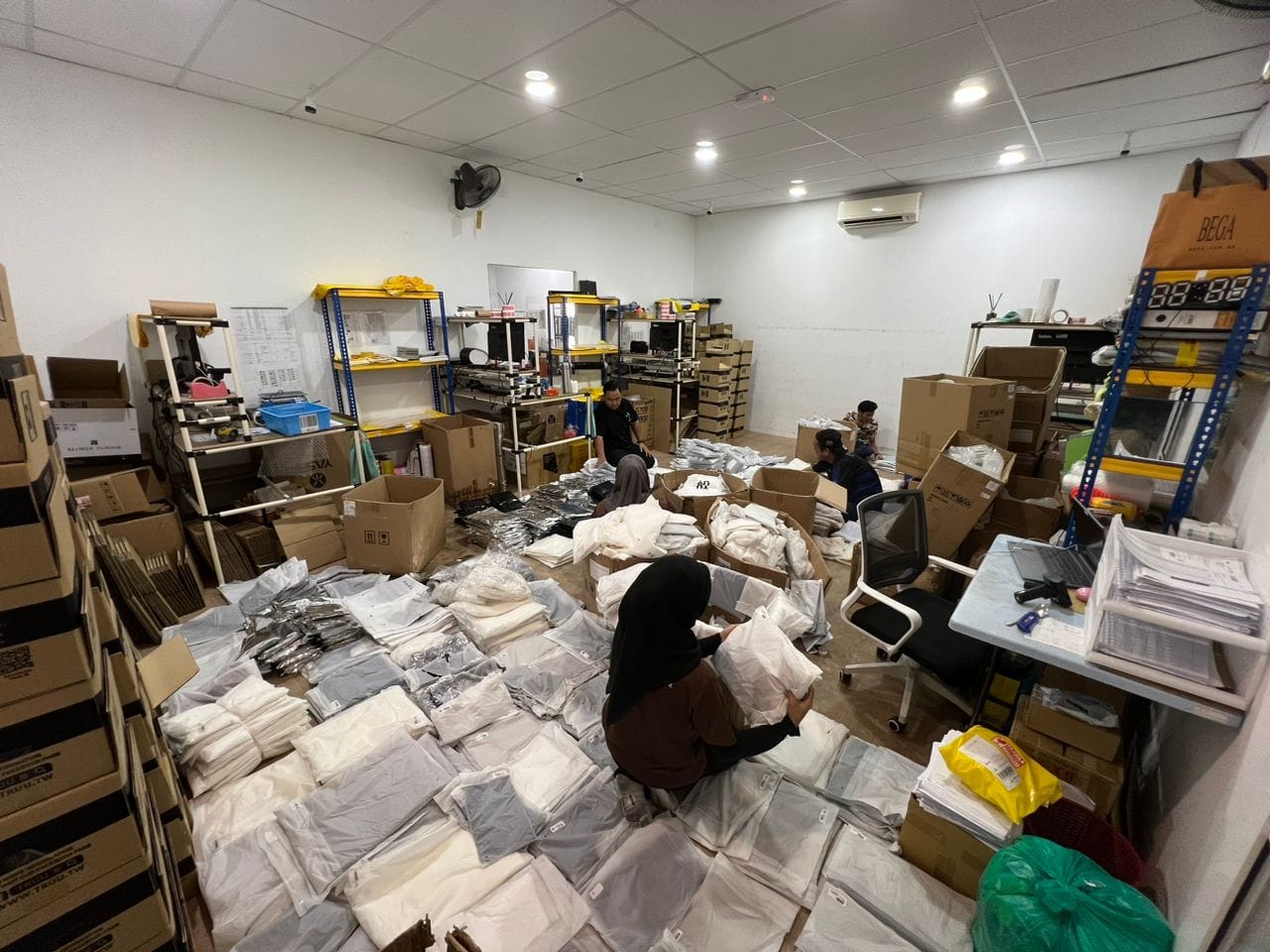Pros and Cons: Storage by CBM vs. Rack & Grid System
When managing warehouse storage, two common methods are:
1️. Storage by CBM (Cubic Meter) – Charges are based on the volume of space occupied.( Product may be sharing and often required management and sharing space. (Increase higher manpower cost and missing item)
2️. Rack & Grid Storage – Uses specific racks and grid locations for structured storage, dedicated own space without sharing, reduce manpower cost.
Each method has advantages & disadvantages, depending on your business model, product type, and inventory turnover.
📌 Comparison Table: CBM vs. Rack & Grid Storage
| Factor | Storage by CBM 📦 | Rack & Grid Storage 🏗️ |
|---|---|---|
| Billing Method | Based on cubic meters (m³) used | Based on allocated racking positions |
| Best For | Large, bulky, or irregularly shaped items | Small-to-medium SKUs needing organization |
| Flexibility | Highly flexible, adjusts to inventory volume | Fixed positions, requires pre-planning |
| Inventory Management | Harder to track specific SKUs | Easier tracking with barcode/WMS |
| Picking Efficiency | Slower, requires manual searching | Faster, optimized for FIFO/FEFO |
| Space Utilization | Can be inefficient for small items | Maximizes warehouse space |
| Cost-Effectiveness | Cheaper for variable inventory sizes | More cost-effective for high-turnover products |
| Ideal for E-Commerce | ❌ Not ideal (harder to pick & pack) | ✅ Best for fast-moving e-commerce items |
1️. Storage by CBM (Cubic Meter)
🔹 How It Works: Charges are based on the actual space occupied by products, measured in m³ (length × width × height).
✅ Pros:
✔ Flexible Storage – Good for businesses with fluctuating inventory sizes.
✔ Better for Large or Bulky Items – Ideal for furniture, machinery, or oversized stock.
✔ Simple Cost Calculation – Pay only for the space used, no fixed racks needed.
❌ Cons:
✘ Difficult for Fast-Picking – No dedicated storage slots, making item retrieval slower.
✘ Inventory Tracking Challenges – Items may be stacked, requiring more effort to locate.
✘ Not Ideal for FIFO/FEFO – Expiry date tracking can be inefficient for perishable goods.
2️. Rack & Grid Storage System
🔹 How It Works: Products are stored in assigned racking positions and managed using grid locations (e.g., A1-B3-C2).
✅ Pros:
✔ Highly Organized – Easy to track stock with a Warehouse Management System (WMS).
✔ Faster Picking & Packing – Structured storage allows warehouse staff to retrieve items quickly.
✔ Optimized for FIFO/FEFO – Ensures proper rotation of perishable or time-sensitive goods.
✔ Best for Small & Fast-Moving SKUs – Great for e-commerce, cosmetics, and retail inventory.
❌ Cons:
✘ Less Flexible for Changing Inventory – Fixed rack positions may be underutilized.
✘ Higher Setup Costs – Requires investment in racking and barcode/WMS systems.
✘ Not Ideal for Bulky Items – May not be suitable for large, irregularly shaped products.
📌 Example:
An online cosmetics brand selling 10,000+ small items/month benefits from rack & grid storage because products need quick picking & scanning.
🚀 Which Storage Method Should You Choose?
✅ Choose CBM Storage If:
- You sell large, bulky, or irregularly shaped items (e.g., furniture, appliances).
- Your inventory size varies frequently, and you need flexible storage costs.
- You do not require fast picking or detailed SKU tracking.
✅ Choose Rack & Grid Storage If:
- You manage high SKU volumes with frequent orders (e.g., e-commerce, FMCG).
- You need fast, organized picking to reduce fulfillment time.
- Your business follows FIFO/FEFO for expiry tracking (e.g., food, cosmetics, healthcare).



